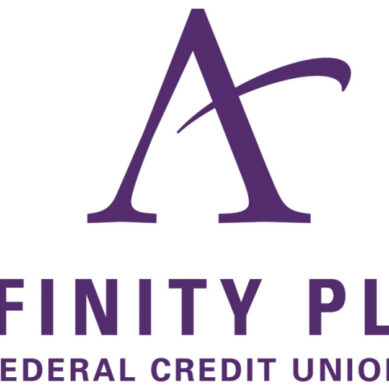The credit union is an entity designed to be everything that a bank provides without being a bank. Credit unions pride themselves on several defining factors that distinguish them from the greyscaled suits of big business mentality.
One of the most prominent distinctions is the credit union’s purpose of seeing the individual. Unlike banks, the credit union is designed to keep the member in mind and give them power over their own money without ulterior motives of maximum gains against businesses and people alike. Knowing this, one can see that a sole person would be more inclined to use a credit union as a piggy bank over the competition—assuming the system works the way they want it to.
Know your community
Here is where demographics come into play. The location of the credit union (if brick and mortar is involved) sets the atmosphere and determines the role your credit union needs to take on in order to attract people and convince them to invest their savings with them. The social structures and communities that surround these buildings need to be reflected inside of them to bring subconscious comfort to any who enters them. There is a large difference between a small town credit union in the middle of a cornfield and one that’s a block away from Wall Street. They shouldn’t look or feel the same.
The credit union needs to take these demographics into account. Advertising an online-only credit union sounds great, right? You don’t even need to leave the couch to get approved for your student loans! But incentives to switch such as this are only as useful as the interpretation of the people who see them. A retiree living out their days on a peaceful beach has less need for no-effort borrowing than a twenty-year-old without a car moving living in a large city. The former might rather physically stop into the credit union on their way to lunch to have a light conversation with Rebecca while they check on their life savings. That latter on the other hand would probably switch to a new financial institution instantly if they had to take a bus (or two) to get their financial business done.
Be invested in your community
The idea is to not only know the people in your credit union’s community but to know how to keep your community happy. There’s a reason why credit unions are non-profit, and there’s a reason why credit unions are required to engage in their communities, and the entity itself needs to recognize this and wear that responsibility with pride. A great credit union gets involved with its own members on free will, not legislation. But if a credit union is shuttering its teller line, closing its doors, and moving to the digital world–how are you engaging in your community?
A member pledging to be a part of the credit union system is promised an institution that cares about them and gives back to their community through events and financial backing. These members need to be greeted with a warm and welcoming smile—both in-person and online—and it is the responsibility of the shot callers to ensure that their members are getting the best experience they can while also following the cooperative principles.
Grow with your community
Many existing financial institutions will claim that they have done this, that they know their members—even by name sometimes! That mentality causes the institution to slap an approved sticker on their processes and move on to more important things like adjusting for inflation.
What many people fail to acknowledge is that mentalities change over time too, not just your rates. Technologies emerge promoting more dynamic and efficient methods to apply services, and neighborhoods are torn down or built up. These never-ending fluctuations that drive a community inevitably change needs and desires, for not only individuals but potentially entire member groups. A good credit union is actively checking in on the relationship they have with their members, asking for feedback whenever possible, and then adjusting little by little to improve the quality of life for business-to-person or business-to-business engagements.
Simply trying to see the credit union from your members’ perspective can open many doors of possibility. It all comes down to decision-making, but including personal wellbeing as an inconstant variable in the mix.































































